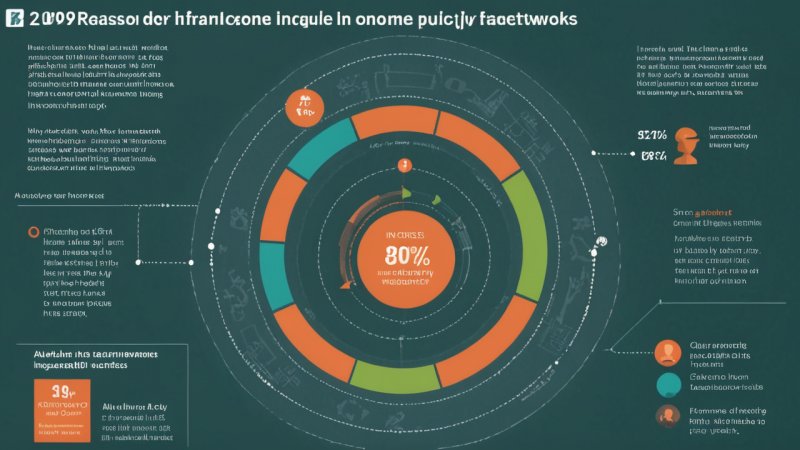Introduction
Income inequality is a pressing issue that affects societies worldwide, leading to economic instability and social unrest. In this article, we will explore how effective policy frameworks can address income inequality. You will learn about the key steps involved in creating and implementing these frameworks, which can serve as a guide for policymakers, advocates, and concerned citizens interested in fostering a more equitable society.
Step 1: Understand the Root Causes of Income Inequality
Before creating a policy framework, it is crucial to understand the underlying causes of income inequality. These causes can vary by region and may include:
- Education Disparities: Access to quality education can significantly impact earning potential.
- Labor Market Changes: Shifts in job availability and wage levels can exacerbate income gaps.
- Tax Policies: Tax structures that favor the wealthy can widen the income divide.
- Social Safety Nets: Insufficient support for low-income individuals can perpetuate cycles of poverty.
Step 2: Engage Stakeholders
Creating effective policy frameworks requires collaboration among various stakeholders. Engage with:
- Government Officials: Work with local, state, and federal representatives to gain support.
- Community Organizations: Partner with groups that represent low-income populations to understand their needs.
- Academics and Researchers: Leverage their insights to inform data-driven policy decisions.
- Businesses: Involve the private sector to foster economic growth and job creation.
Step 3: Conduct Comprehensive Research
Data is essential for developing effective policies. Conduct research to gather information on:
- Income Distribution: Analyze current income levels and disparities within the population.
- Employment Trends: Investigate job growth, wage stagnation, and unemployment rates.
- Impact of Existing Policies: Assess how current policies affect income inequality.
Step 4: Develop Policy Recommendations
Based on your research, create a set of policy recommendations that address the identified causes of income inequality. Consider:
- Progressive Taxation: Advocate for tax reforms that ensure higher earners contribute a fair share.
- Education Initiatives: Propose funding for programs that improve access to quality education.
- Minimum Wage Increases: Recommend raising the minimum wage to provide a living wage for all workers.
- Strengthening Social Safety Nets: Suggest enhancements to welfare programs and healthcare access.
Step 5: Create an Implementation Plan
Once you have your recommendations, outline a clear implementation plan that includes:
- Timeline: Establish a realistic timeline for rolling out each policy.
- Budget: Identify funding sources and budgetary needs for implementation.
- Evaluation Metrics: Develop criteria to measure the effectiveness of the policies over time.
Step 6: Advocate for Change
With a solid plan in place, it’s time to advocate for your policy framework. Strategies may include:
- Public Awareness Campaigns: Use media and social platforms to raise awareness about income inequality.
- Lobbying Efforts: Engage with lawmakers to promote your policy recommendations.
- Community Mobilization: Organize events and forums to gather support from the public.
Step 7: Monitor and Adjust Policies
After implementation, continuously monitor the policies’ impact on income inequality. Be prepared to adjust strategies based on:
- Feedback: Gather input from affected communities and stakeholders.
- Data Analysis: Regularly analyze economic data to assess progress.
- Changing Circumstances: Adapt policies to respond to new challenges or economic shifts.
Conclusion
Addressing income inequality requires a comprehensive approach that involves understanding root causes, engaging stakeholders, conducting thorough research, and advocating for effective policy changes. By following these steps, you can contribute to creating a more equitable society where everyone has the opportunity to thrive.






